HotSpots H2O: Months of Flooding and Violence Force South Sudanese from Their Homes
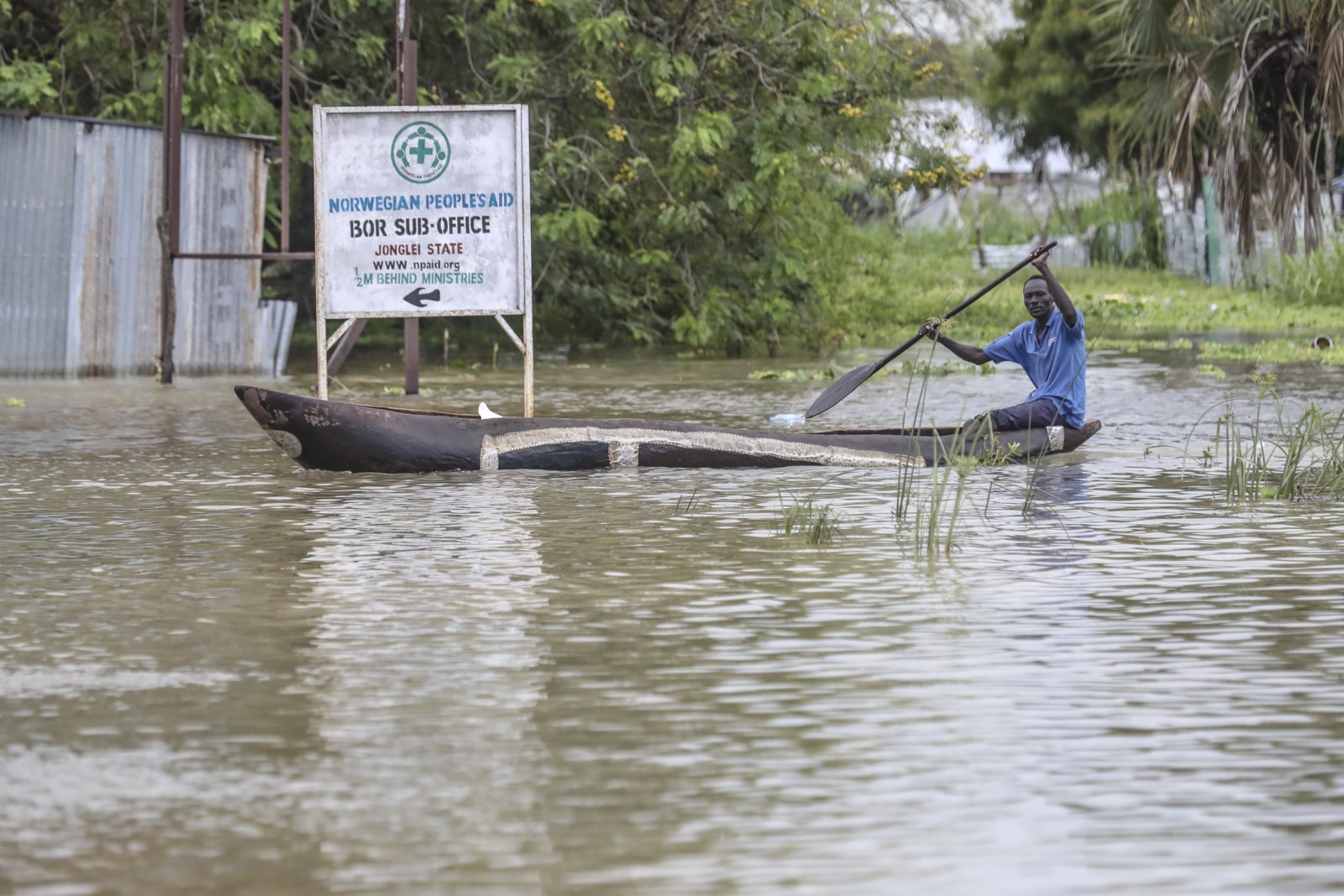
A United Nations Mission in South Sudan, UNMISS, protection site in Bor, South Sudan has been re-designated as a conventional displacement camp due to the flooding. © UNMISS
Nearly a half million people have been displaced due to abnormally heavy rainfall and flooding in South Sudan this year. For the past five months, overflowing rivers have caused massive amounts of property and agricultural damage to eight of the 10 South Sudanese states, forcing people from their homes and impairing their livelihoods.
Repercussions from the high waters are exacerbated not only by the pandemic, but by an ongoing economic crisis and conflict throughout the country. Jonglei, the state most affected by floods, was also a hot spot for violence this summer when hundreds were killed in a confrontation between the Lou Nuer and Murle ethnic groups. Some 404,000 people in the state have been affected by flooding, adding more stress in the region.
“Now we are preparing for an increase in diseases in all flood-affected areas, such as diarrheal diseases and malaria, given the high risks caused by displacement and crowding, poor hygiene conditions, and a lack of functioning latrines,” Ibrahim Muhammad, the head of MSF Doctors Without Borders in South Sudan, said in a statement.
Many regions have been flooded since July and water levels are still rising. In Old Fangak, a town in Jonglei, villages have been bucketing water from their homes and building dikes as of late October, according to MSF. At the same time, they are dealing with an inundation of visitors, as 3,000 people from neighboring villages arrived after being displaced from their homes by floods.
Some humanitarian aid has reached South Sudan, but the country has received only half of what the United Nations says is needed. The country’s capacity to respond on its own is limited, and there have been delays for those needing clean water, hygiene, and sanitation.
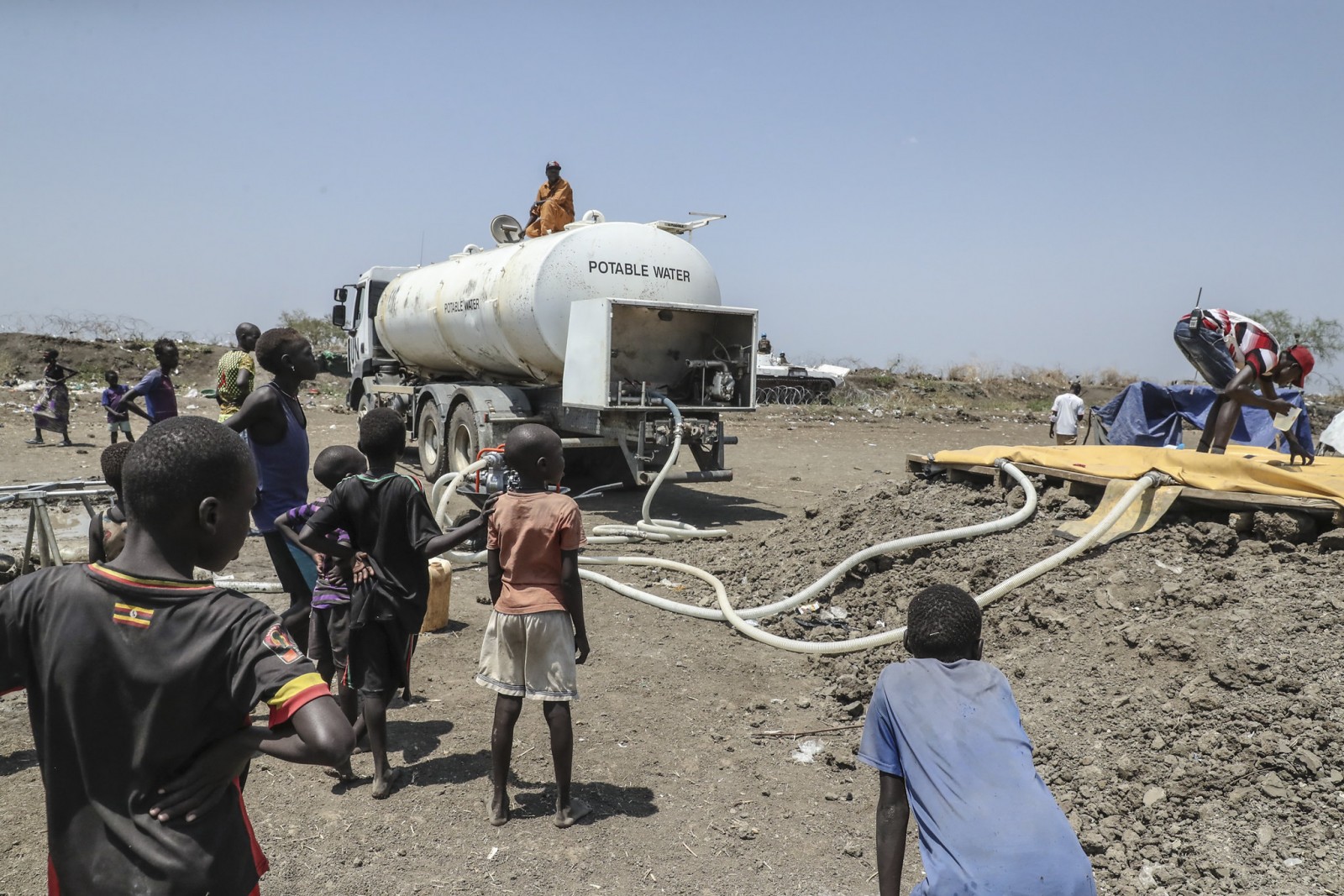
Violent clashes in Jonglei have forced 8,000 people from their homes in the town of Pibor and surrounding villages. © UNMISS
In locations with severe flooding, freshwater wells have been contaminated by wastes stirred up by high water. Latrines have overflowed, causing public health concerns for waterborne diseases and other fatal illnesses. Since many roads, airstrips, and transportation services have been destroyed or are underwater, access to medical supplies and facilities is difficult, if not impossible, to provide.
Food distribution is similarly constrained. The pandemic and violence already plunged some South Sudanese communities into acute hunger. In Jonglei, almost half the land planted with cereals and sorghum has been washed away this year.
“Even a momentary violent interruption of livelihood activities, precisely and directly targeted, can have a long-lasting impact,” said Matthew Hollingworth, the UN World Food Program director in South Sudan. “If the planting or harvesting period is missed, it may not be resumed. If cattle cannot be moved to pasture or water, they may not survive.
Hollingworth noted that it is crucial to support those communities that have taken on displaced people in order to prevent any tension. Looking ahead, he said, it’ll be imperative to also support their return home.
Elena Bruess writes on the intersection of environment, health, and human rights for Circle of Blue and covers international conflict and water for Circle of Blue’s HotSpots H2O.

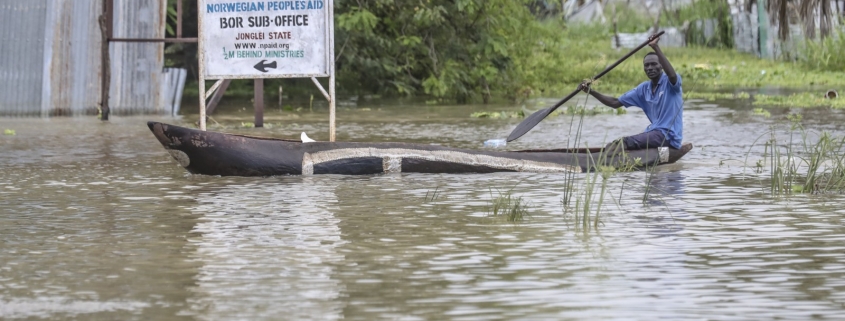

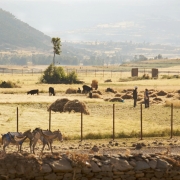
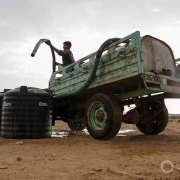
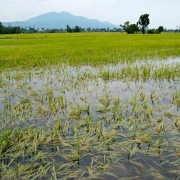

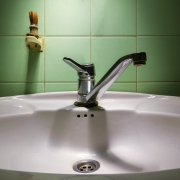
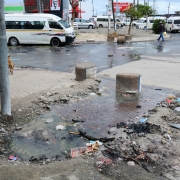

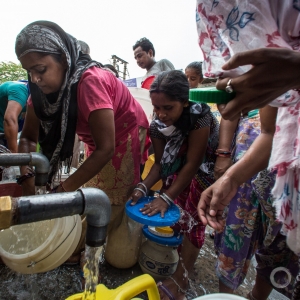

Leave a Reply
Want to join the discussion?Feel free to contribute!